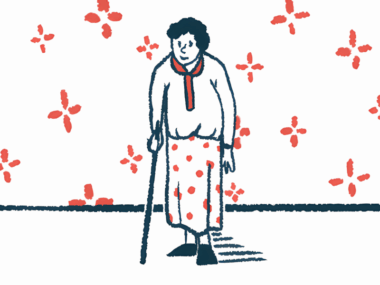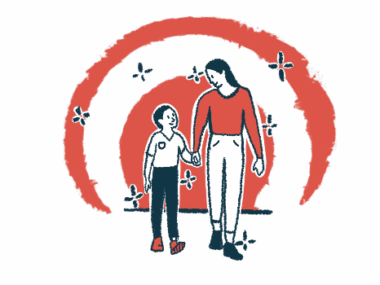Patients with very late-onset MG may have a poor prognosis: Study
Immunotherapy found to be key to better outcomes
Written by |

People who develop myasthenia gravis (MG) with very late onset — when they’re age 65 or older — may have a poor prognosis, particularly if they haven’t been started on immunotherapy, a study in China has found.
These findings shine a light on how important it is to understand how age affects MG and how doctors can tailor treatment to each patient’s individual needs.
“Further studies on very late-onset MG patients should be performed to evaluate the relationship between immunotherapy and prognosis,” the researchers wrote, noting that their analysis “showed that [a] poor prognosis mainly occurred in patients who had not received immunotherapy.”
The study, “Clinical characteristics and prognosis of very late-onset myasthenia gravis in China,” was published in the journal Neuromuscular Disorders.
More studies needed on treatment for elderly patients
MG is a rare disease that affects nerve-muscle communication, causing muscles to become weak and easily fatigued. These symptoms can be limited to the muscles that control the eye and the eyelid movements, a form of the disease called ocular MG.
Sometimes, MG symptoms spread to other muscles in the body, in which case it is called generalized MG. There are times when the disease improves and other times when it gets worse, or relapses.
Another way to classify the disease is by how early it begins to manifest. Usually, cases are divided into early- and late-onset MG — dubbed EOMG and LOMG, respectively — depending on whether the condition starts to manifest before or after the age of 50.
In recent years, there’s also been an increasingly higher number of cases in which MG begins to manifest at the age of 65 or older.
To know more, a team of researchers in China looked at how a patient’s age at the time of MG onset affects symptoms and how well individuals at different ages respond to treatment. To that end, they drew on data from 1,160 MG patients — 574 women and 586 men — who had been treated at the Tangdu Hospital in Shaanxi.
Patients were divided into three groups based on their age at the time they first experienced MG symptoms: early onset for those 18-49, late onset for patients 50-64, and very late onset for those 65 and older.
The mean age at the time of disease onset was 48.78 years. A total of 598 patients were classified into the EOMG group, 401 into the LOMG group, and 161 into the very late-onset group.
The proportion of men and ocular MG was higher in the LOMG and very late-onset groups than among those with early symptom onset. Those with LOMG and very late-onset MG also were more likely to test positive for antibodies against the acetylcholine receptor and titin, two known types of MG-causing antibodies.
In the very late-onset group, a smaller proportion of patients retained a status of minimal manifestations, meaning they experienced no functional limitations, despite having some degree of muscle weakness and fatigue, or better. The time for going from a status of minimal manifestations or better to having a first relapse or the last follow-up visit also was shorter among those in this group.
Moreover, patients in the very late-onset group were more likely to die from the disease compared with those in the late- and early-onset groups. The proportion of those who died from MG was 5.59% in the very late-onset group, 2.74% in the LOMG group, and 0.50% in the EOMG group.
More safety data about immunotherapy, particularly steroids, will be required in future studies designed for elderly patients.
The team also found evidence that using medications that modulate the immune system, known as immunotherapies, may be important for patients with very late-onset MG. Specifically, a worse prognosis was found for those not on an immunotherapy.
Indeed, a smaller proportion of patients with very late-onset MG reached a status of minimal manifestations or better if they hadn’t been started on immunotherapy (73.81%) compared with EOMG (86.03%) and LOMG (85.61%) patients.
Over time, doctors used less steroids to treat MG, and more non-steroidal medications. However, at the end of the study, 416 patients (36.72%) were still taking steroids.
The use of a specific non-steroidal medication called tacrolimus increased over time, especially among patients with EOMG and LOMG. However, there were no differences in the use of other non-steroidal medications among the groups. Likewise, no significant differences in the use or daily dose of steroids were found between the groups.
“Personalized treatment is very curial for older patients, especially in terms of steroids,” the researchers wrote. “However, we did not find significant differences both in the proportion of patients using steroids and in the mean steroid dose between elderly patients and other age groups.”
“More safety data about immunotherapy, particularly steroids, will be required in future studies designed for elderly patients,” the team wrote.







Leave a comment
Fill in the required fields to post. Your email address will not be published.